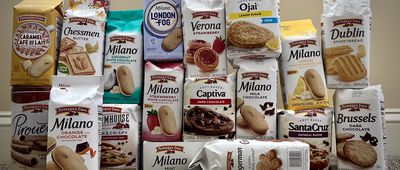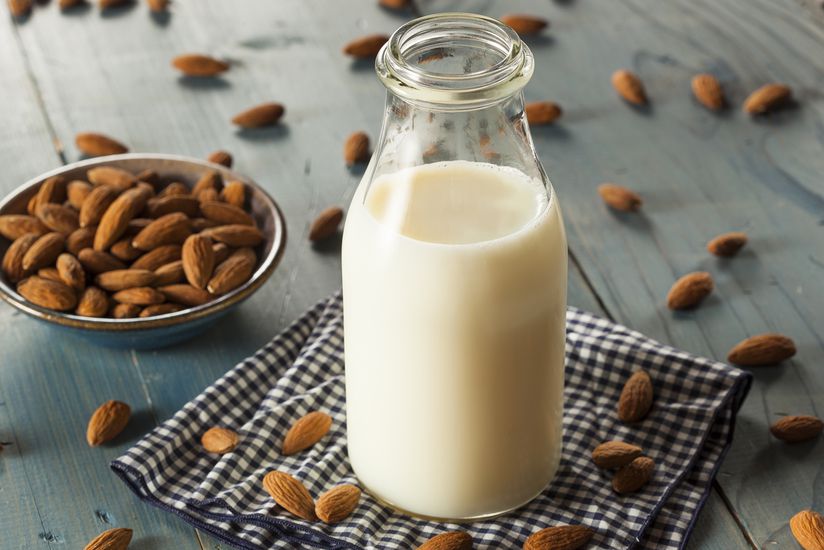When To Toss 25 Unrefrigerated Foods
We've all let perishable foods sit out a bit too long, then wondered what dishes or ingredients are still safe to eat. Luckily, there's information on food safety available so you can be sure you're not wasting good leftovers or accidentally ingesting spoiled, bacteria-laden ones. Here are 25 everyday foods and how long you have to eat them while unrefrigerated before they present a danger. Consult our list the next time you think, "I ate food left out overnight — am I safe?"


































